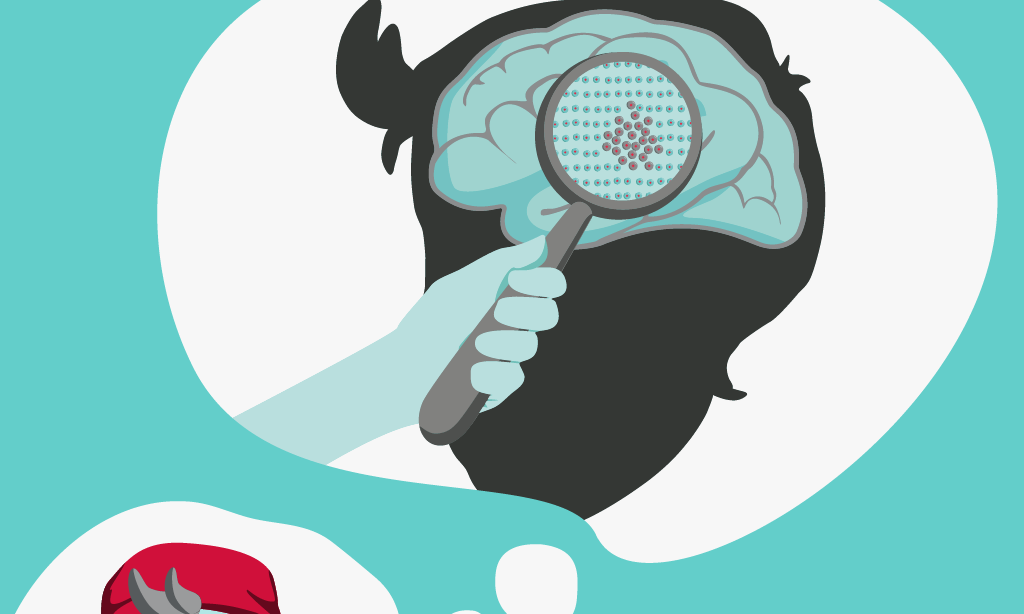Craniopharyngioma
Craniopharyngioma is a low grade (benign) brain tumour which affects people of all ages but predominantly children and young adults.
What is a craniopharyngioma?
Craniopharyngiomas are low grade (benign) tumours, most often occur between the ages of 5-15 but could also present at 45-60. These tumours form at the base of the brain close to the pituitary gland.
What are the symptoms of craniopharyngioma?
Due to their position at the lower part of the brain and close to the pituitary gland, these tumours have specific symptoms such as problems with vision and growth.
Other symptoms that may present due to a craniopharyngioma are hydrocephalus, diabetes and personality changes.

Join our community on Facebook
Our closed Facebook group for parents is a great place to connect with other parents affected by a brain tumour and share your experiences.
How are craniopharyngiomas treated?
The standard treatment for craniopharyngiomas includes surgery to remove as much of the tumour as possible, followed by radiotherapy.
Support and Information Services
Research & Clinical Trials Information
You can also join our active online community.
In this section

Get support
If you need someone to talk to or advice on where to get help, our Support and Information team is available by phone, email or live-chat.
Get your free Brainy Bag
Our Brainy Bag is a free gift for children and young people who have been diagnosed with a brain tumour, made up of a range of handpicked toys and activities!
Recommended reading
Share your experiences and help create change
By taking part in our Improving Brain Tumour Care surveys and sharing your experiences, you can help us improve treatment and care for everyone affected by a brain tumour.
